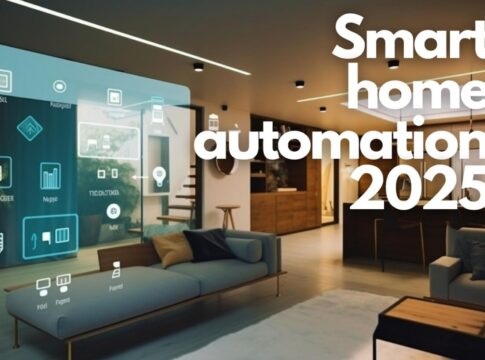In a push to reclaim its standing in the smart home arena, Apple Inc. is reportedly on the cusp of unveiling a groundbreaking wall-mounted display. This device, anticipated to be announced as early as March, promises to consolidate control of household appliances, facilitate videoconferencing, and harness the power of artificial intelligence to navigate apps seamlessly.
The forthcoming product, internally dubbed “J490,” is designed to function as a central command hub within homes, integrating with Apple’s suite of services and devices. According to Bloomberg, which cites sources familiar with Apple’s plans, the display is expected to showcase Apple’s new AI platform, Apple Intelligence, marking a significant leap from its traditional devices.

Industry analysts suggest that Apple’s entry into the smart display market could reshape consumer expectations. “Apple’s strong ecosystem and seamless integration across devices give it a distinctive edge,” remarked tech analyst Mark Gurman. “This new category could not only elevate the functionality of smart homes but also redefine the competitive landscape.”
Unlike existing products like Amazon’s Echo Show or Google’s Nest Hub, Apple’s smart display is rumored to be slightly larger than two iPhones, equipped with speakers, microphones, and a camera. Its unique interface is expected to resemble the iPhone’s StandBy mode, providing users with an intuitive experience.
The device aims to offer functionalities such as setting reminders, making video calls, streaming media, and viewing live camera feeds. It is also speculated to have presence detection capabilities, allowing it to tailor its display based on users’ proximity, thereby enhancing smart home automations.
Statistics from Statista indicate that the global smart home market is projected to reach $53.45 billion by 2023, with smart displays forming a significant segment. Apple’s strategic timing could capitalize on this growing trend, offering a product that integrates deeply with its ecosystem.
Apple’s potential AI advantage is also a focal point. Unlike many competitors that require cloud connectivity for processing, the Apple display is anticipated to feature robust on-device processing power. This could translate to faster response times and enhanced privacy, as data need not leave the home network.
Though specific pricing remains undisclosed, analysts predict Apple will position the device at the premium end of the market, possibly starting above $150, aligning with its brand’s legacy of prioritizing quality and innovation.
Exclusive sources suggest that the device will be modular, possibly supported by various accessories such as wall mounts or stands, allowing users to customize placement based on their homes’ layouts. While initial versions may not include advanced features like a rotating base, future iterations could incorporate such innovations.
As Apple prepares to join the smart display fray, the tech world watches closely. The company’s ability to seamlessly integrate hardware, software, and AI could redefine smart home experiences, setting new benchmarks for competitors.
Apple’s upcoming announcement is expected to spark conversations at tech conferences and among smart home enthusiasts, as the company leverages its brand strength to make significant inroads into the burgeoning smart home market.


